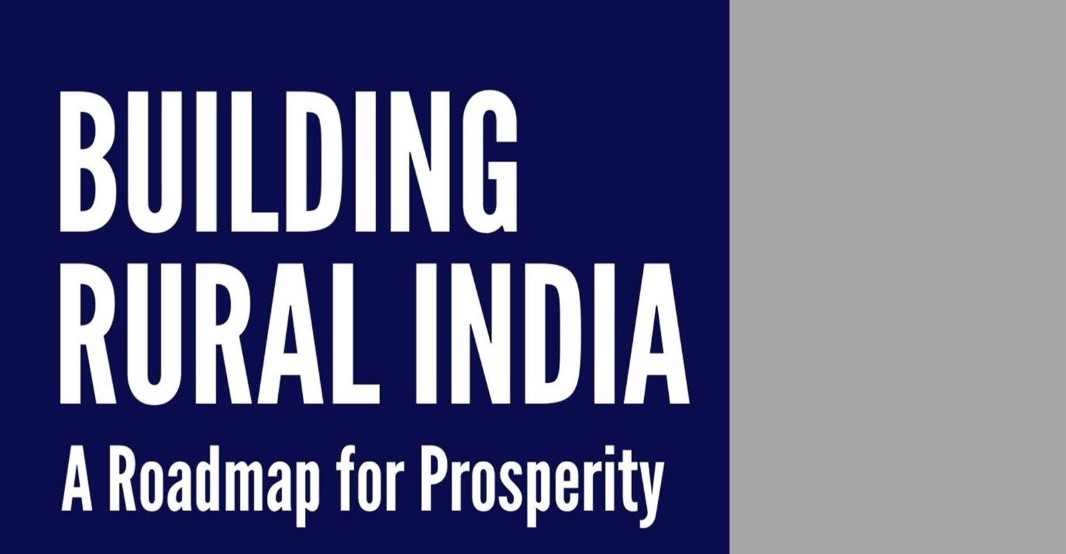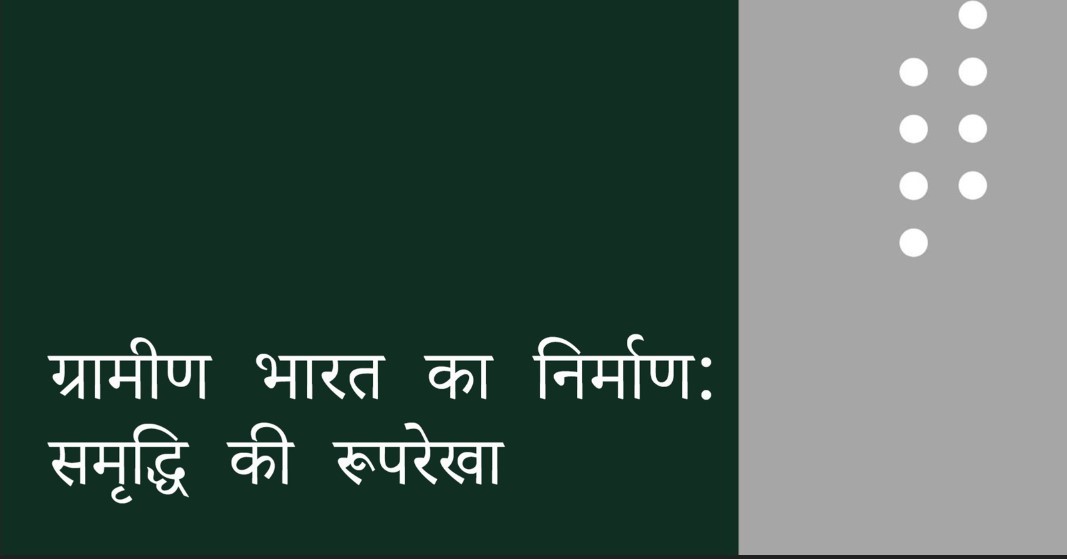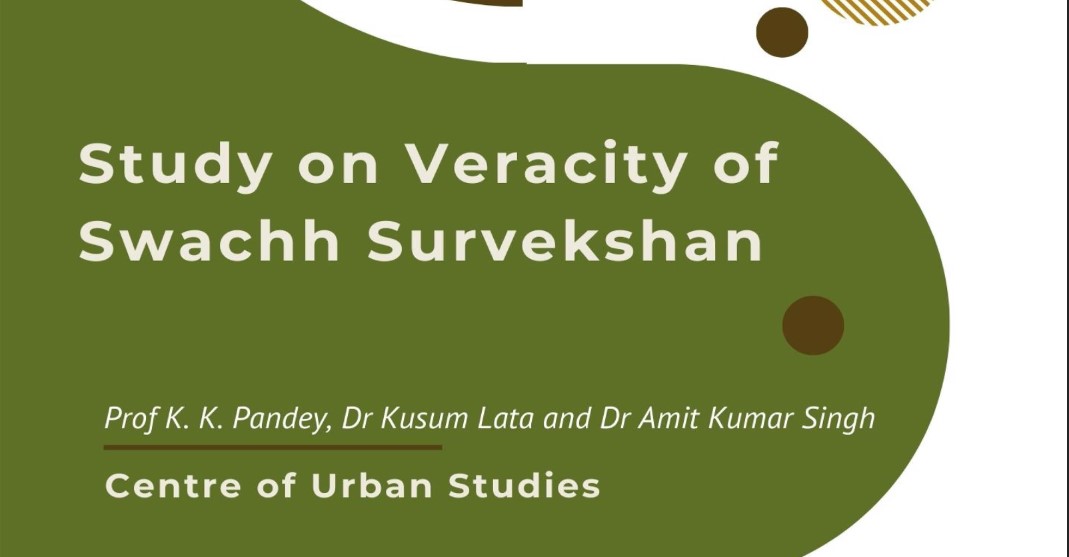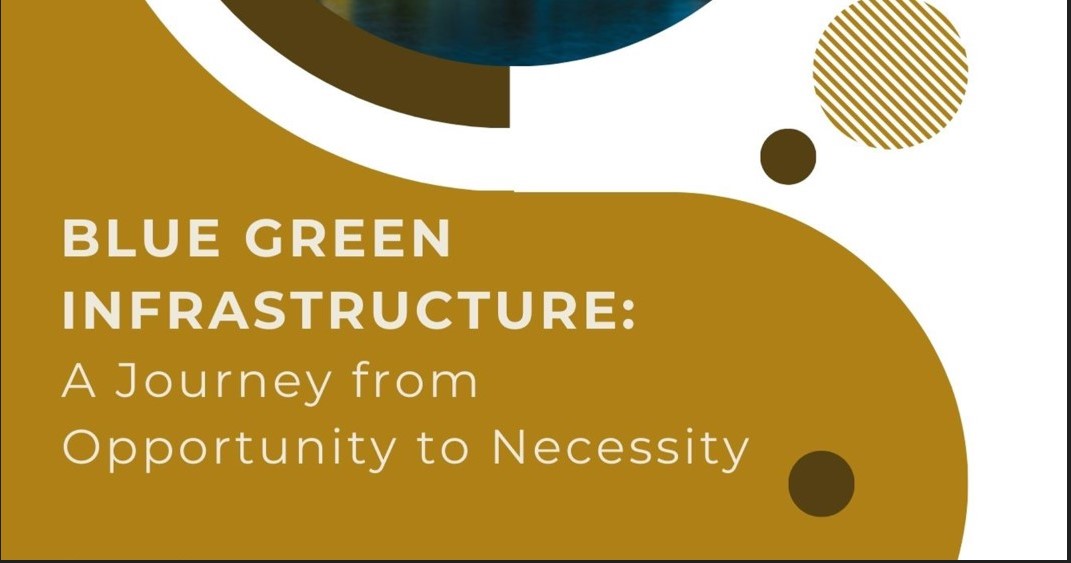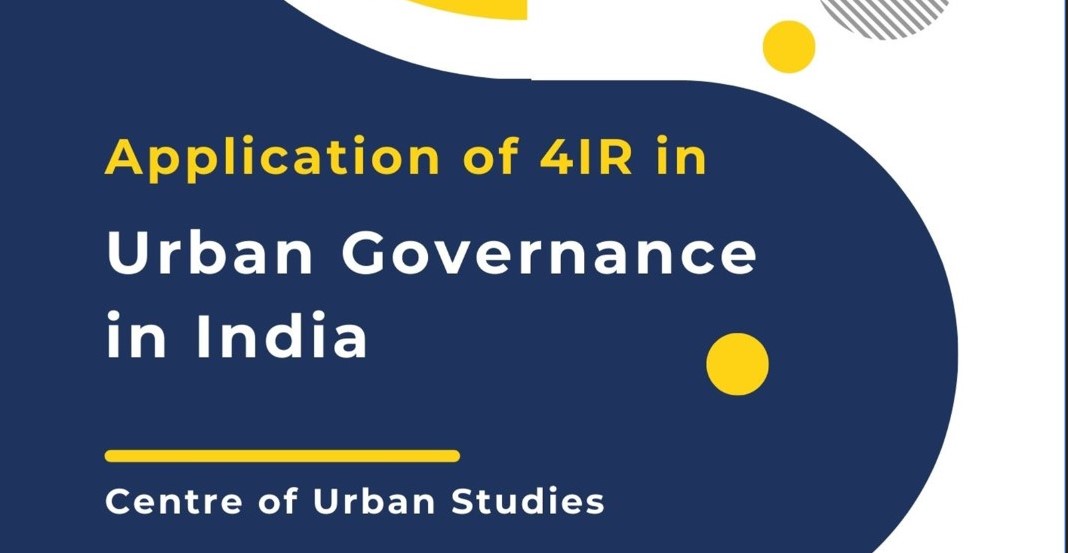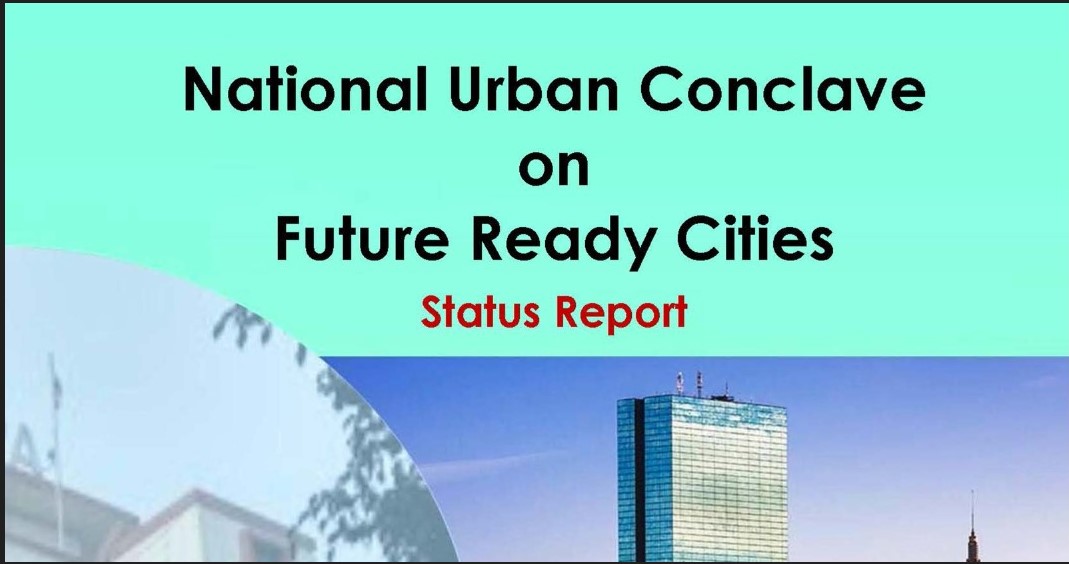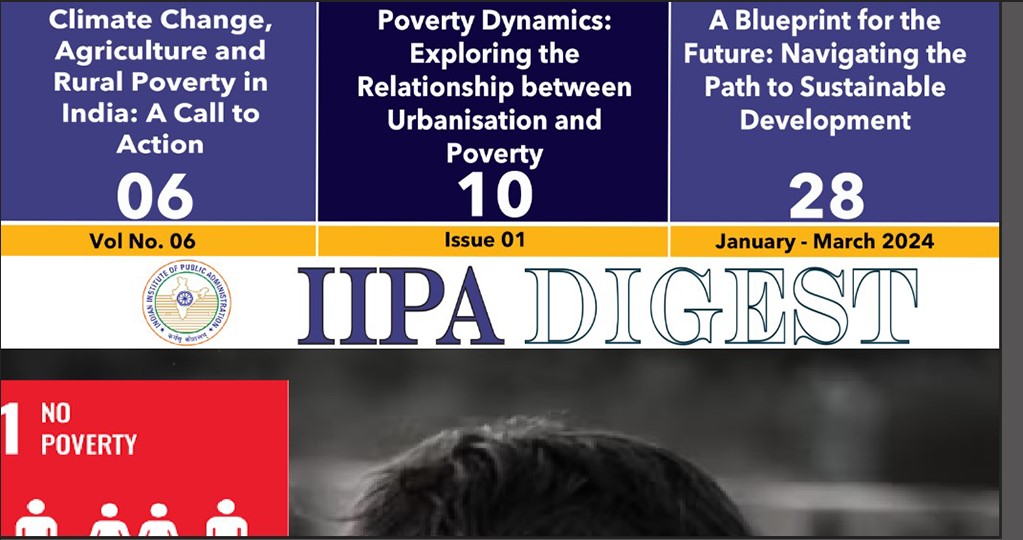Leaving No One Behind SECC Shows The Way
Identifying all, genuine deprived households is a social development challenge; everyone wants to be classified as poor. Poverty is always relative. Its identification requires objectively verifiable indicators of deprivation and a participatory Gram Sabha like process to confirm before the community, as to who is relatively, truly poor, deserving of State assistance.
The Socio – Economic Census – 2011 (SECC – 2011) for the first time created a village/ward–wise list of deprived households using the Census 2011 data of listed households that is caste, creed and religion neutral. There were nearly 90 million households (one in two) in rural areas reporting some form of deprivation or automatic inclusion due to extreme deprivation. The urban SECC effort was much more difficult, given the absence of adequate governance foot-soldiers for enumeration, difficulties due to frequent migration, lack of formal community institutions at habitation level, illegal colonies and slums, high concentration of living, and so on. Earlier efforts like Below Poverty Line (BPL) Survey 2002, and National Food Security Act (NFSA) survey in some States had also tried to identify the poor, with contestations.
SECC - 2011 focused on easily and objectively verifiable indicators. It was only an exercise in ranking of households. Its premise was that poverty is multi-dimensional and the information from households is the basis for ranking. Three categories of households were to be classified – (i) Automatically Excluded; (ii) Automatically Included; (iii) Ranking of households as per seven Deprivation Indicators. Information was collected about the following from households – (i) Occupation; (ii) Education; (iii) Disability; (iv) Religion; (v) SC/ST Status; (vi) Name of Caste/Tribe; (vii) Employment; (viii) Income and Source of Income; (ix) Assets; (x) Housing; (xi) Consumer Durables and (xii) Non-Durables; (xiii) Land.
It was the first paperless Census and households did not know the purpose of the SECC. As a consequence, it was able to gather reasonably reliable data, as confirmed by field pilot studies. While there were a few exclusion errors, there were very few inclusion errors.
The first cut in SECC was exclusion. Exclusion criteria was if you have 3 pucca rooms, you have motorised vehicle, if you are in a govt. job, if you have a refrigerator at home, and so on. Of the total, nearly 180 million rural households, 39.37 per cent are in the excluded criteria. 1.6 millon fell in the automatically included category of the ultra –poor – bonded labour, manual scavenging, primitive tribal households, etc. Of the remaining households, about 88 million households (one in two) reported one or more than one deprivation. What is important to note here, the SC/ ST households are 38.5 million, which is about 43% of the total deprived households. When you use deprivation as the basis for benefits then your coverage of these vulnerable communities is much more than their numerical strength, under the pro-poor programmes that adopt SECC as the basis for beneficiary selection.
With the adoption of SECC deprivation criteria for benefits across programmes, like Pradhan Mantri Awaas Yojana Gramin, Ujjwala Yojana for LPG gas connection, Saubhagya for free household electricity connection, Pradhan Mantri Jan Arogya Yojana (PMJAY) for cashless secondary and tertiary health care, households with deprivation being covered on a priority under Mahatma Gandhi National Rural Employment Guarantee Scheme (MGNREGS) and the Deen Dayal Antyodaya Yojana - National Rural Livelihood Mission (DAY-NRLM) which led to the creation of the pro-poor public welfare beneficiaries that is caste, creed, and religion neutral. It also addressed the social and regional disparities in access to the basic and bare necessities. This shows the significant gains in programmes that used SECC, in the findings of the National Family Health Survey – Phase Five ( 2019-21).
It has been pointed out that a ‘labharthi varg’ or ‘constituency of beneficiaries’ has emerged due to the pro - poor public welfare thrust. The use of SECC – 2011 has led to government programmes reaching households that used to be missed out in the Sarpanch - centric preparation of Below Poverty Line (BPL) lists. It shows how the adoption of the evidence - based data for programme benefits to the deprived created an electorally significant ‘constituency of the deprived’. With the emergence of a similar and overlapping ‘constituency of women in the Self - Help Groups of the National Rural Livelihood Mission across the country of 85 million women, pro-poor public welfare could get the support of local governments as well. Good governance is good politics as well, as reflected in electoral verdicts that became less and less anti –incumbency at all levels, (National, UP, Bihar, West Bengal, Odisha, Assam and so on).
Updating the SECC will be very difficult as people now know that benefits to the deprived accrue on this basis. A ‘Social Registry’ of the deprived will enable moving forward leaving no one behind. To do so, repeated validation, transparency and public information through a Participatory Identification of the Poor at the Panchayat Gram Sabha/ Urban Basti level, will be needed. Many challenges have been faced in updating social and economic status. Community connect and a strong local grievance redressal mechanism is the best way forward. Technology cannot be a substitute for the community; at best it is a means. Many pucca house owners are trying their best to get included (reported from West Bengal), even though the programme does not permit it. Its MIS uses geo-tagged image of kuchcha house to be eligible. Any misreporting is a criminal offence and it will be possible to track the crooked. Likewise, on free foodgrains, currently two -thirds of rural households and half of urban households are getting it. If we actually did a need based re-assessment, we will be able to give more foodgrains to perhaps fewer households who genuinely need this support. We could even extend graded responses if a ‘real time social registry’ on objectively verifiable indicators of deprivation is prepared in the process. Community and technology need to come together to address the challenge of leaving no one behind.
There are a few exclusion errors. But there are very few inclusion errors. Exclusion errors could be tackled through processes like Gram Sabha validation, geo tagging and so on. In the Rural Housing Programme, we had 4 crore 3 lakh people who were in huts, 2 kuchha rooms or less. When we did the actual Gram Sabha validation that number came down to 2 crore 53 lakh, because some had constructed houses during the period and some had reported wrongly earlier. Many Gram Sabhas also said that there are unlisted kuccha settlements. We said we will take note of it and will follow up a transparent process for getting it included. Even though the data was dated, there were ways of updating it. Likewise, in the Ujjawla programme, when they exhausted the SECC deprivation list they took a call that all fishermen community, all Scheduled Castes, not covered under the deprivation criteria, other backward Castes, not covered under the deprivation criteria will also get covered under Ujjawala. PMJAY added the Rashtriya Swasthya Bima Yojana (RSBY) beneficiaries. SECC has been path breaking in creating a constituency of the deprived. Updating it is tough but needed if we want to leave no one behind. Objectively verifiable indicators create social solidarities among the vulnerable households. A real time social registry is the way forward.
Leave a comment
More articles from Urban & Rural Areas
